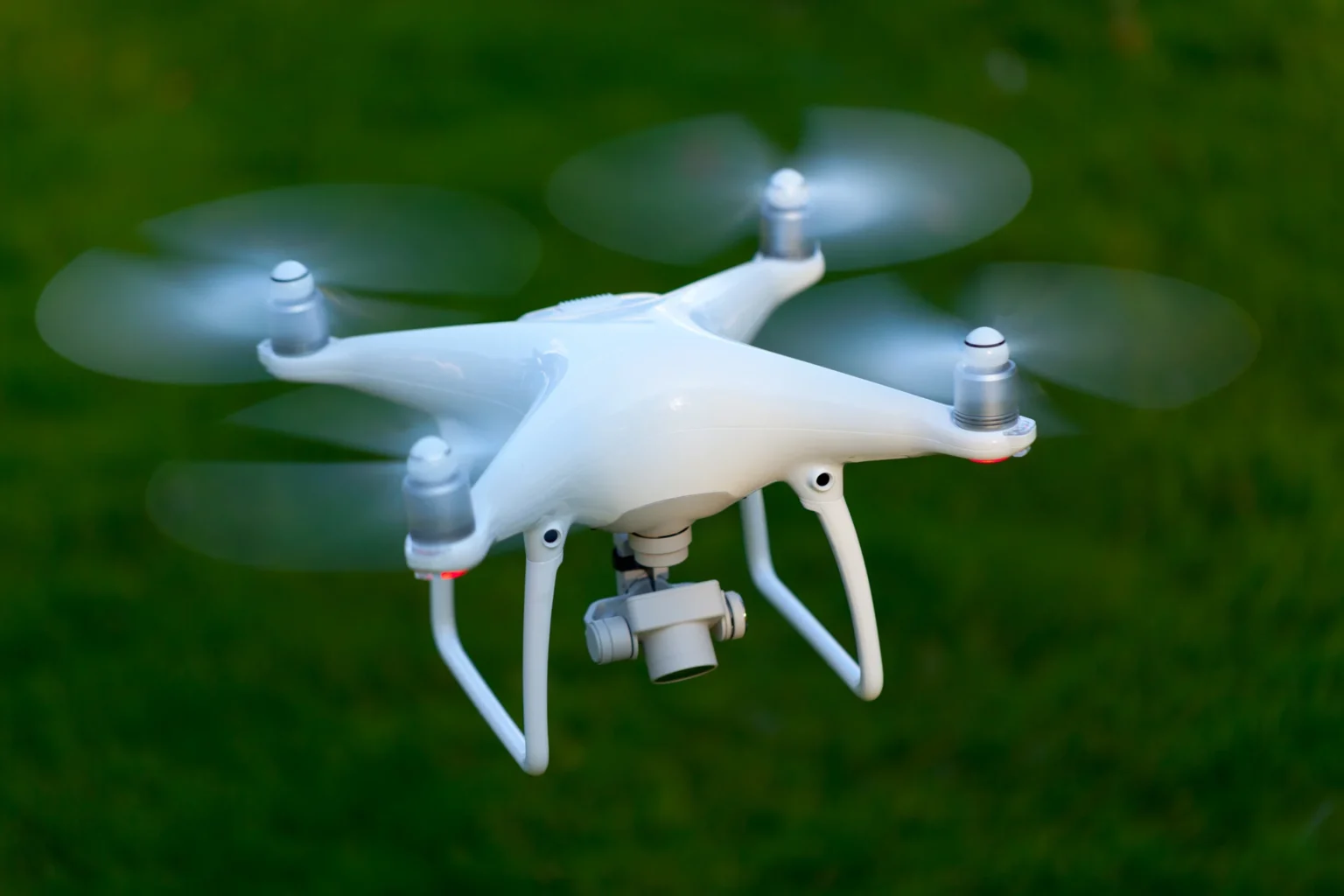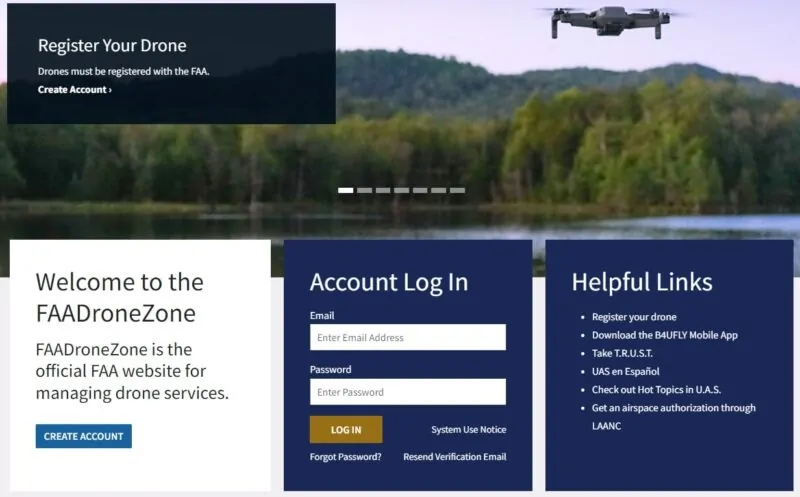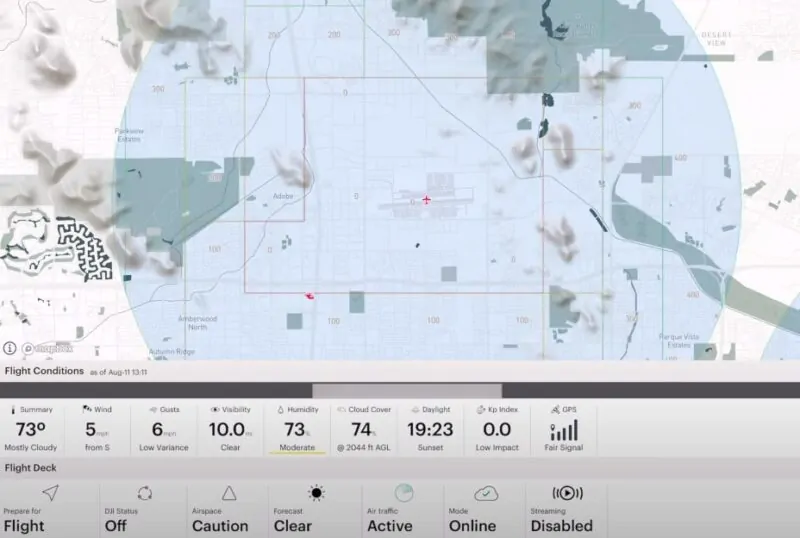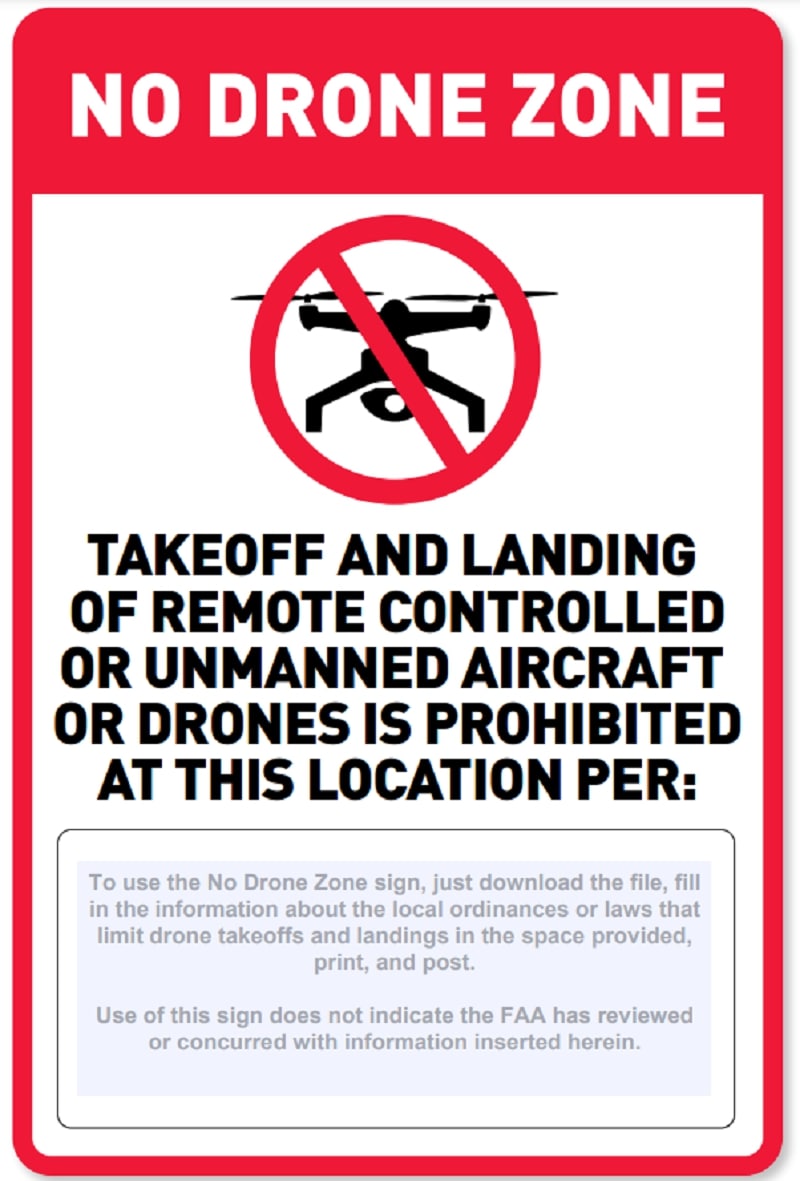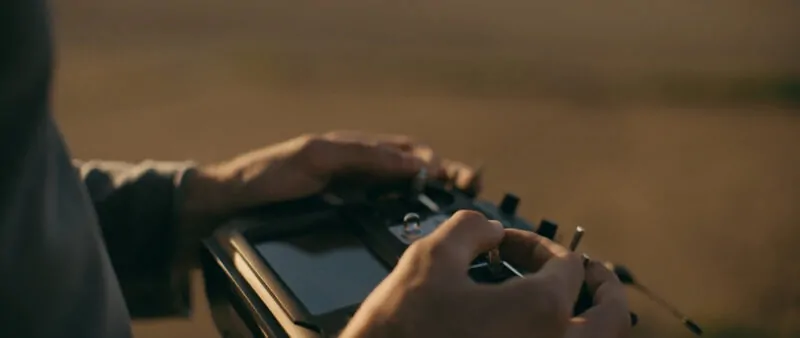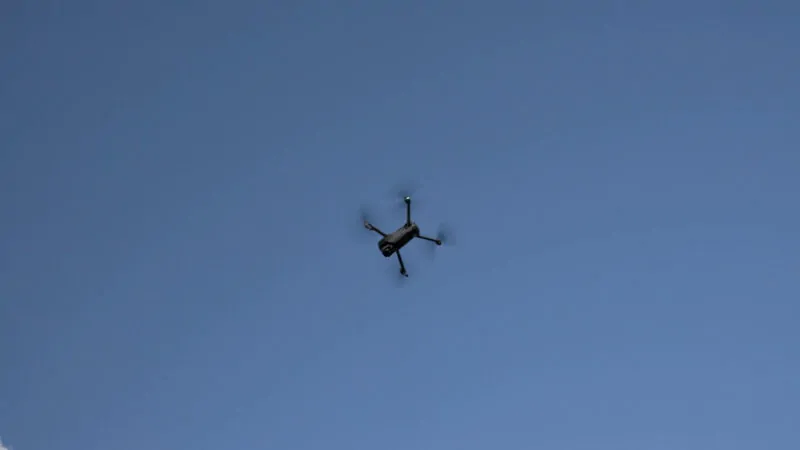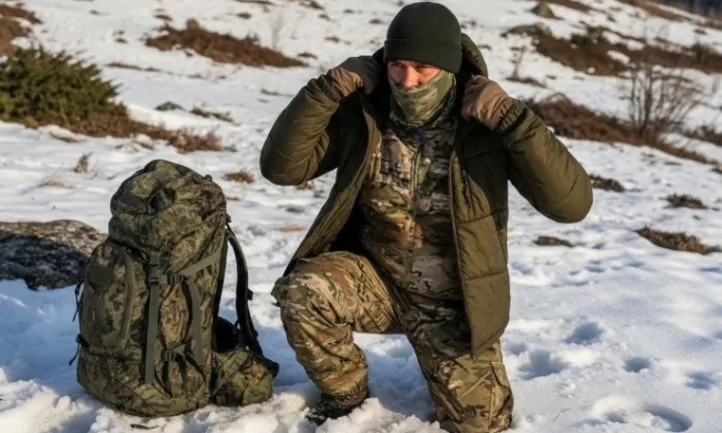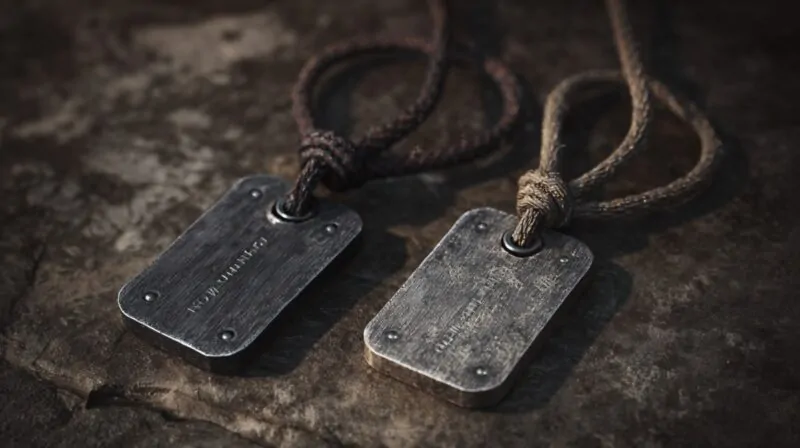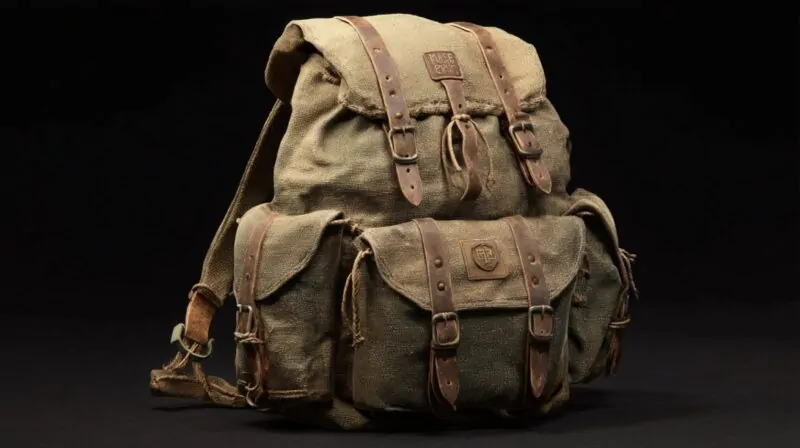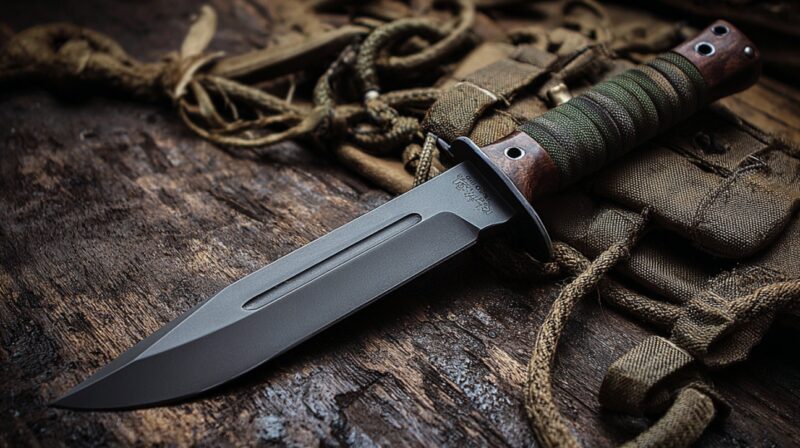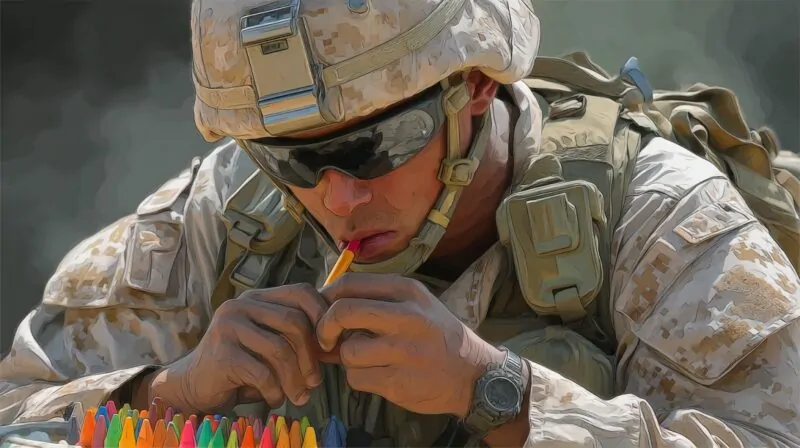Flying drones in Houston involves navigating a maze of regulations at federal, state, and local levels.
With the rapid advancement of drone technology and its increasing popularity, understanding these laws is critical for anyone operating drones, whether for recreation or commercial purposes.
Today, we will provide a detailed overview of the current drone laws in Houston as of July 2024, including the necessary steps to register your drone and the consequences of failing to comply with the regulations.
Table of Contents
ToggleLocal Drone Regulations in Houston
Houston, Texas has enacted specific drone laws about usage, like:
- House Bill 1424 prohibits drone operations over correctional and detention facilities, as well as certain sports venues, except under specified conditions.
- House Bill 1643 restricts local governments from regulating unmanned aircraft systems (UAS) except during special events or when the UAS is used by the locality.
Locally, Harris County, which encompasses Houston, has designated specific areas within its parks for drone activities. These include:
- George Bush Park
- Dyess Park
- Schiveley R/C Flying Field
Drone operators should note that most county parks do not allow drone operations.
Furthermore, the City of Houston prohibits recreational drone flying in all city parks, including the Lake Houston Wilderness Area.
Before operating a drone in Houston, pilots should consult the FAA’s B4UFLY app or similar resources to check for any airspace restrictions or temporary flight restrictions in their intended flight areas.
State-Specific Drone Laws in Texas
| Law | Details |
|---|---|
| SB 840 (2017) | Permits UAS use by telecommunications providers and law enforcement within 25 miles of the U.S. border for security purposes. |
| HB 2167 (2015) | Allows certain professionals to use UAS for capturing images if no individual is identifiable in the image. |
| HB 1481 (2015) | This makes it a Class B misdemeanor to operate UAS over critical infrastructure facilities below 400 feet without authorization. |
| HB 912 (2013) | Enumerates lawful uses for UAS and creates new crimes for illegal use of unmanned aircraft to capture images. |
| Texas Administrative Code §65.152 (2005) | Prohibits using drones to hunt, capture, or photograph wildlife without a permit. |
| Texas Parks & Wildlife Policy | Requires permits for flying drones in state parks, with exceptions for Lake Whitney and San Angelo parks. |
SB 840 (2017)
This law permits the use of unmanned aircraft systems (UAS) by telecommunications providers for capturing images. It also authorizes law enforcement to use UAS for capturing images within 25 miles of the U.S. border for security purposes. Additionally, insurance companies may use UAS for certain purposes, provided the operator is authorized by the FAA.
HB 2167 (2015)
HB 2167 permits individuals in certain professions to capture images using UAS as long as no individual is identifiable in the image. This law facilitates the use of UAS in professional settings while protecting individual privacy.
HB 1481 (2015)
HB 1481 (2015) classifies operating a UAS over critical infrastructure facilities at or below 400 feet without authorization as a Class B misdemeanor. The law aims to protect critical infrastructure by addressing potential threats posed by drones.
HB 912 (2013)
HB 912 outlines 19 lawful uses for UAS, including their use in FAA-designated test sites, valid search warrants, and oil pipeline safety. It also criminalizes the illegal use of UAS to capture images and the possession or distribution of such images.
Texas Administrative Code §65.152 (2005)
This regulation makes it unlawful to use drones for hunting, capturing, or photographing wildlife without an Aerial Management Permit (AMP) and Land Owner Authorization (LOA). It ensures that drone use does not interfere with wildlife management and conservation efforts.
Texas Parks & Wildlife Policy
Flying drones in Texas State Parks is generally prohibited without a permit, except in Lake Whitney and San Angelo parks, which have designated zones for remote-controlled aircraft. To fly in other state parks, pilots must request a filming permit, allowing several weeks for processing.
Federal Regulations for Drones
| Requirement | Details |
|---|---|
| Registration | All drones over 0.55 lbs must be registered with the FAA. |
| Remote Pilot Certificate | Required for commercial drone operators (Part 107 license). |
| TRUST Test | Recreational flyers must pass The Recreational UAS Safety Test (TRUST). |
| Maximum Altitude | Drones must be flown below 400 feet. |
| Visual Line-of-Sight | Drones must be kept within the visual line of sight of the operator. |
| No-Fly Zones | Drones cannot be flown in restricted airspace without authorization. |
| Night Operations | Night flying is allowed under certain conditions with appropriate lighting and waivers. |
| Airspace Authorization | Required for controlled airspace operations, available through LAANC or FAA’s manual process. |
| Identification and Marking | Registered drones must display their registration number on the exterior. |
Registration
All drones weighing more than 0.55 lbs (250 grams) must be registered with the FAA. The registration process is simple.
- Visit the FAA DroneZone.
- Create an account and provide the necessary information about yourself and your drone.
- Pay the $5 registration fee.
- Mark your drone with the registration number and carry proof of registration when flying.
Remote Pilot Certificate
For commercial drone operations, you must obtain a Remote Pilot Certificate (also known as a Part 107 license).
- Being at least 16 years old.
- Passing the FAA’s Aeronautical Knowledge Test.
- Applying for the certificate through the FAA’s Integrated Airman Certificate and Rating Application (IACRA) system.
- The certificate is valid for two years and must be renewed by retaking the knowledge test.
TRUST Test
Recreational flyers must pass The Recreational UAS Safety Test (TRUST).
- The test is available online and free of charge from FAA-approved test administrators.
- Flyers must carry proof of test passage when operating their drones.
Maximum Altitude and Visual Line-of-Sight
Drones must be flown below 400 feet and within the visual line of sight of the operator.
- Use the B4UFLY app to check for airspace restrictions.
- Maintain visual contact with your drone at all times during flight.
No-Fly Zones
Certain areas are restricted for drone flights.
- Near airports and helipads.
- Over people and moving vehicles.
- Near emergency response activities and government buildings.
- Use LAANC or the FAA’s manual process to get authorization for flying in controlled airspace.
Night Operations
- Drones must have appropriate anti-collision lighting visible for at least three statute miles.
- Operators must comply with additional safety guidelines and may need a waiver for certain operations.
Airspace Authorization
- Low Altitude Authorization and Notification Capability (LAANC) for near real-time approvals.
- The FAA’s manual process for other situations.
Identification and Marking
Registered drones must display their registration number on the exterior.
- Use a permanent marker or label to display the registration number on your drone.
- Ensure the marking is clearly visible without needing tools to access it.
No-Fly Zones and Restricted Areas
| Zone Type | Details |
|---|---|
| Airports and Helipads | No flights within 5 miles of an airport without prior authorization. |
| National Parks | Drones are prohibited without a special permit. |
| Military Bases | Strictly no drone flights. |
| Critical Infrastructure | No flights over power plants, prisons, and other critical infrastructure facilities. |
| Temporary Flight Restrictions | Areas with temporary restrictions due to events or emergencies. |
| Emergency Situations | No flights over areas with active emergency response activities. |
Airports and Helipads
Flying a drone within 5 miles of an airport or helipad is prohibited unless you have prior authorization.
- Check the B4UFLY app to see if you are near an airport.
- Request authorization through the Low Altitude Authorization and Notification Capability (LAANC) system.
National Parks
Drone laws are generally not allowed in national parks without a special permit.
- Apply for a special permit if you need to fly in a national park.
- Comply with any additional park-specific regulations.
Military Bases
All military bases are no-fly zones according to drone laws.
- Always avoid flying near military bases.
- Check local maps and the B4UFLY app for military base locations.
Critical Infrastructure
Critical infrastructure facilities such as power plants, water treatment facilities, and prisons are protected areas.
- Identify critical infrastructure facilities in your flight area.
- Respect no-fly zones around these locations to avoid penalties.
Temporary Flight Restrictions
- Check the FAA’s TFR list before planning your flight.
- Use the B4UFLY app to get real-time updates on TFRs in your area.
Emergency Situations
- Stay informed about local emergency activities.
- Avoid flying in areas where emergency responders are active to ensure their safety and effectiveness.
Penalties for Violating Drone Laws
| Violation Type | Potential Penalties |
|---|---|
| Flying Without Registration | Fines up to $27,500 for civil penalties and $250,000 for criminal penalties, including imprisonment. |
| Unauthorized Commercial Flights | Fines and potential suspension of your Remote Pilot Certificate. |
| Flying in Restricted Areas | Fines and possible imprisonment, confiscation of the drone. |
| Reckless Operation | Civil penalties up to $27,500 and criminal penalties, including imprisonment. |
| Flying Under Influence | Severe fines and possible imprisonment. |
Flying Without Registration
- Civil fines up to $27,500.
- Criminal fines of up to $250,000 and imprisonment for serious offenses.
Unauthorized Commercial Flights
- Fines.
- Suspension or revocation of your certification.
Flying in Restricted Areas
- Fines.
- Confiscation of your drone.
- Possible imprisonment depending on the severity of the violation.
Reckless Operation
- Civil penalties up to $27,500.
- Criminal charges, including imprisonment for endangering safety.
Flying Under Influence
- Severe fines.
- Potential imprisonment.
Tips for Safe Drone Operation
Know the Regulations
Before flying, ensure you are familiar with federal, state, and local drone laws. This includes knowing no-fly zones, altitude limits, and any specific requirements for your area. Staying informed about the rules helps you avoid fines and ensures safe operation.
Perform Pre-Flight Checks
Always conduct thorough pre-flight checks. Inspect your drone for damage, charge the battery fully, and update the firmware. Check the weather conditions to avoid flying in high winds or rain.
Maintain Visual Line-of-Sight
Keep your drone within your visual line of sight at all times. This means you should always be able to see your drone without the aid of binoculars or a monitor. Maintaining visual contact helps you avoid collisions and ensures better control over your drone.
Respect Privacy
Avoid flying over private property or capturing images of people without their permission. Respecting privacy helps build a positive relationship with the community and prevents legal issues related to unauthorized surveillance.
Avoid Flying Near Airports
Do not fly within 5 miles of an airport or helipad without prior authorization. Use tools like the B4UFLY app to check for airspace restrictions and ensure compliance with FAA regulations. Unauthorized flights near airports can pose serious risks to manned aircraft.
Be Aware of Your Surroundings
Constantly monitor your surroundings while flying. Watch out for obstacles like trees, buildings, and power lines. Stay clear of crowded areas and avoid flying over people to minimize the risk of accidents.
Use Return-to-Home Features
Most modern drones come with a return-to-home feature. Familiarize yourself with how it works and set a safe return altitude. This feature can be a lifesaver if you lose connection or face unexpected issues during a flight.
Practice Safe Battery Management
Monitor your drone’s battery levels and avoid pushing it to the limits. Plan your flights to ensure you have enough battery life to return safely. Carry spare batteries for longer sessions and avoid using damaged or swollen batteries.
Fly in Good Weather
Choose good weather conditions for flying. Avoid high winds, rain, and fog, which can affect your drone’s performance and visibility. Calm and clear weather conditions are ideal for safe and enjoyable drone flights.
Follow the Manufacturer’s Guidelines
Always follow the manufacturer’s guidelines for your specific drone model. This includes maintenance schedules, operational limits, and any recommended best practices. Adhering to these guidelines ensures your drone operates safely and efficiently.
FAQs
Summary
Following the drone laws in Houston is crucial for legal and safe operations.
By registering your drone, understanding federal, state, and local regulations, and adhering to safety guidelines, you can avoid penalties and ensure a secure flying experience.
Stay informed and compliant to make the most of your drone activities in Houston.
Sources
- Capitol State Texas – TX HB01424
- LegiScan – TX HB1643
- U.S. Department of Defense – Unmanned Aircraft Systems (UAS)
- UAVCoach – Drone Laws in Texas
- Apex Helicopters – LOA Landowner’s Authorization to Manage Wildlife or Exotic Animals by Aircraft
- Federal Aviation Administration
- Federal Aviation Administration – IACRA Maintenance Outage
- Federal Aviation Administration – UAS Data Exchange (LAANC)

